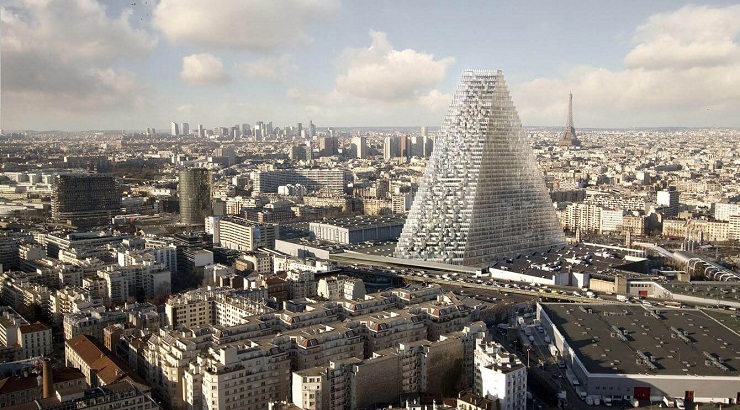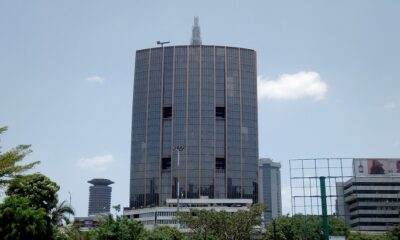Commercial Projects
Controversial Paris Skyscraper Ban Spurs Public Outcry
City authorities have limited the height of new buildings to 37 metres.

The reinstatement of a building height limit in Paris has sparked controversy as developers protest the decree that aims to preserve the city’s low-rise skyline.
Last week, the Paris City Council voted in favour of limiting the height of new buildings to 37 metres in a bid to keep the city free of skyscrapers.
The council adopted a new ‘Plan Local d’Urbanisme’ (PLU), which its supporters claim will encourage more environmentally-friendly construction across the city.
Paris, which has strived to remain a low-rise city for decades, introduced the height limit in the mid-1970s after the construction of Montparnasse Tower.
The 209-metre office building was criticized by some Paris residents, who argued that the skyscraper was out of harmony with the city’s landscape.
The ban remained in place until 2010 when the rules were revised to permit the construction of residential towers with a maximum height of 50 metres, and office buildings of up to a maximum height of 180 metres in certain areas outside of the city centre, where height limit range from 10 metres to 31 metres.
This explains why there are no skyscrapers in Paris city centre. Montparnasse Tower still retains the distinction of being the tallest building in Paris.
However, the approval of the 180-meter Tour Triangle in 2015 reignited the debate regarding the presence of tall buildings in the city.
Designed by architect Herzog & de Meuron and built by Besix, Tour Triangle became the first skyscraper to be built in Paris city centre since the construction of Montparnasse Tower in 1973.
The project faced two legal battles before getting the go-ahead in 2019.
The City Council decision to reinstate the 37-metre height limit is largely seen as a reaction to the Tour Triangle’s construction.
RELATED: Top 10 Tallest Buildings in the World
This verdict has, however, triggered a backlash from developers who argue that comparing environmental performance of skyscrapers to shorter buildings is a complex exercise that should be backed by scientific research.
“If you compare a 60m-tall building with a 30m-tall building, obviously you need more materials for the 60m-tall building but in fact you should be comparing the 60m-tall building with two 30m-tall buildings,” Engineer Franck Boutté, who won the Grand Prix de l’Urbanisme from the State last year said in an interview.
“There are lots of myths on the question of height but no serious scientific studies on the subject,” he said.
Many other construction professionals have argued that building upwards is the best way to maintain green spaces in the city without reducing density.
But supporters of the PLU have argued that the new regulations present an opportunity to renovate and transform existing buildings in Paris, making construction ‘the exception’ instead of the norm.












